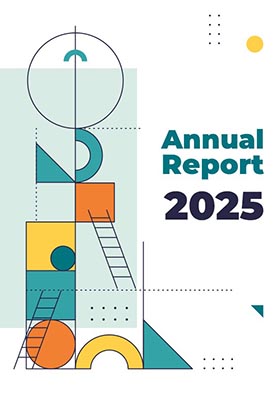On 22 July 2022 , Dr. Abedelmajeed Nasereddin and Dr. Suheir Ereqat published a new study in Parasites & Vectors journal titled Concurrent molecular characterization of sand flies and Leishmania parasites by amplicon‑based next‑generation sequencing.
The article aimed to develop a novel amplicon-based NGS (Amp-NGS) method for the identification of Phlebotomus and Sergentomyia species with concomitant detection and identification of Leishmania spp. in these sand flies. The results of this study revealed among the wild-caught sand flies (n = 187), Phlebotomus spp. represented 95% of the collected samples (177/187), including Ph. sergenti (147/187, 79%), Ph. papatasi (19/187, 10.2%), Ph. perfiliewi (3/187, 1.6%), Ph. tobbi (2/187, 1.2%) and Ph. syriacus (6/187, 3.2%). Sergentomyia spp. represented only 5% (10/187) of the collected samples and included S. dentata (n = 6), S. fallax (n = 2), S. schwetzi (n = 1) and S. ghesquiere (n = 1). The study observed strong positive correlation between sand fly identification results of the Amp-NGS and morphological identification method (r = 0.84, df = 185, P < 0.001). Leishmania DNA was detected and identified as L. tropica in 14 samples (14/187, 7.5%). The study emphasized the importance of the developed assay with high sensitivity (limit of detection was 0.0016 ng/reaction) and identifing Leishmania DNA in sand flies, thus representing a new tool for studying sand flies and their associated Leishmania parasites in endemic areas.
For more information about the study, please contact the main author at This email address is being protected from spambots. You need JavaScript enabled to view it. or the scientific research office at This email address is being protected from spambots. You need JavaScript enabled to view it..


